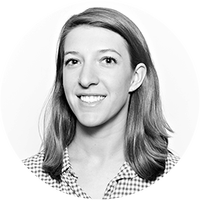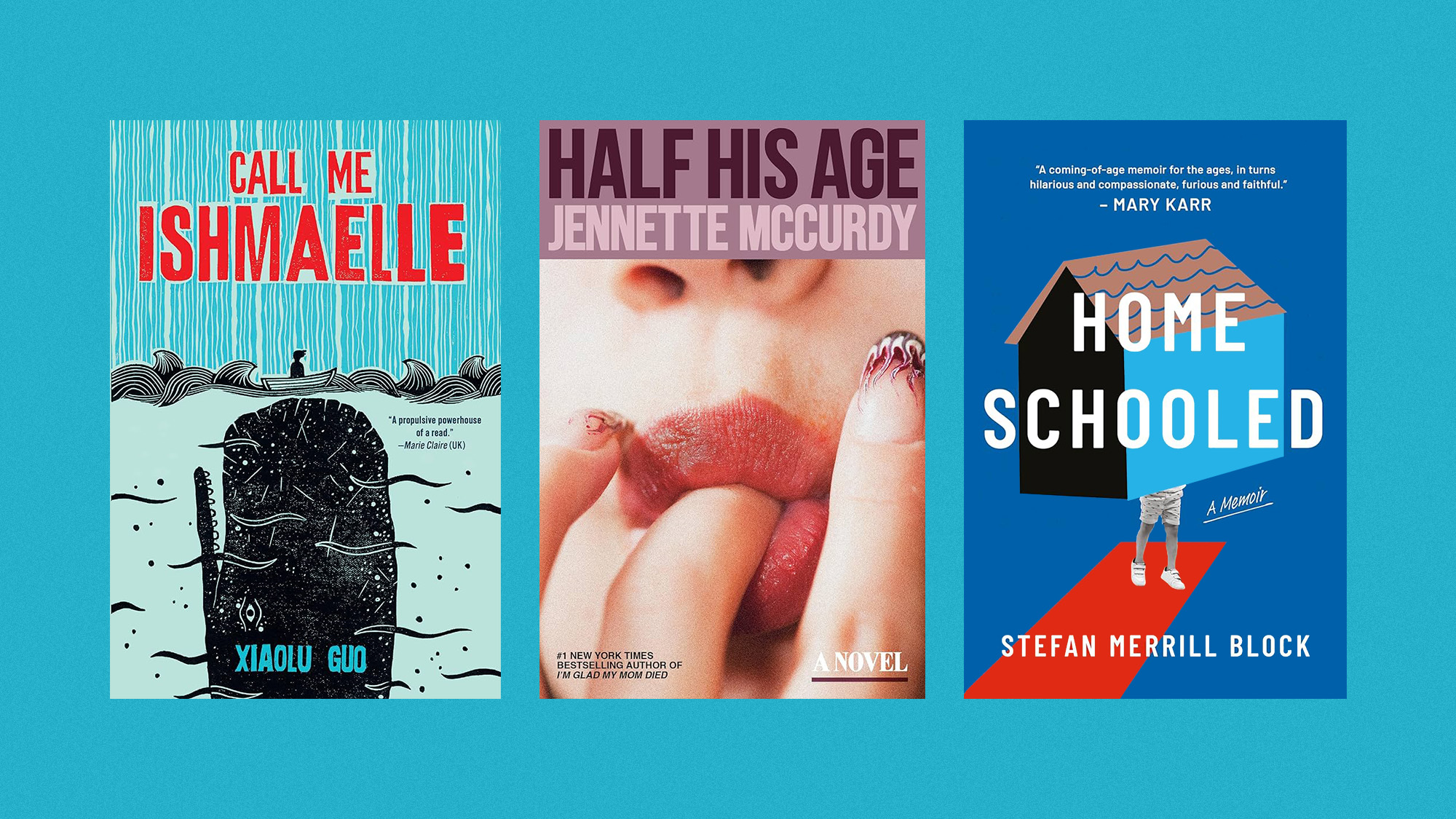Everything you need to know about Japan's population crisis
Japan's birthrate is plummeting. Why have so many young Japanese given up on getting married?


Why is Japan in trouble?
The Japanese now have one of the lowest fertility rates in the world, and at the same time, one of the highest longevity rates. As a result, the population is dropping rapidly, and becoming increasingly weighted toward older people. After peaking seven years ago, at 128 million, Japan's population has been falling — and is on a path to decline by about a million people a year. By 2060, the government estimates, there will be just 87 million people in Japan; nearly half of them will be over 65. Without a dramatic change in either the birthrate or its restrictive immigration policies, Japan simply won't have enough workers to support its retirees, and will enter a demographic death spiral. Yet the babies aren't coming.
Why not?
The Week
Escape your echo chamber. Get the facts behind the news, plus analysis from multiple perspectives.

Sign up for The Week's Free Newsletters
From our morning news briefing to a weekly Good News Newsletter, get the best of The Week delivered directly to your inbox.
From our morning news briefing to a weekly Good News Newsletter, get the best of The Week delivered directly to your inbox.
The British newspaper The Observer recently caused an international stir by reporting that Japanese youth have lost interest in sex. The sensationalist conclusion was mostly based on a single statistic: a survey that found that 45 percent of women and 25 percent of men ages 16 to 24 said they were not looking to have sex. The article also cited the phrase sekkusu shinai shokogun, or "celibacy syndrome," as if it were a major trend. In reality, more Japanese singles are having sex than in past decades. In 1990, 65 percent of unmarried women and 45 percent of unmarried men had never had sex; today, the figures are 50 percent and 40 percent, respectively. "Of course Japanese have sex," Asian studies professor Jeff Kingston told Bloomberg.com. "If the number of love hotels is any barometer, it seems like many are getting plenty of it."
Is celibacy syndrome a myth?
Not entirely. There clearly is a subset of Japanese youth who have withdrawn from dating. Instead, they focus on online porn and games like Nintendo's Love Plus, in which players conduct a relationship with an anime girlfriend. Hundreds of thousands of young men are known as hikikomori, shut-ins who eschew human contact and spend their days playing video games and reading comics in their parents' homes. (See below.) But most Japanese young people do have friends and relationships — they're just not settling down. The marriage rate has plummeted, and with it the birthrate, since out-of-wedlock births are rare in Japan. In 1975, just 21 percent of women and 49 percent of men under 30 had never been married; by 2005, the figures were 60 percent of women and 72 percent of men.
Why aren't they getting married?
A free daily email with the biggest news stories of the day – and the best features from TheWeek.com
There are both cultural and economic barriers. In Japanese tradition, marriage was more about duty than romantic love. Arranged marriages were the norm well into the 1970s, and even into the 1990s most marriages were facilitated by "go-betweens," often the grooms' bosses. Left to their own devices, Japanese men aren't sure how to find wives — and many are shying away from the hunt, because they simply can't afford it. Wages have stagnated since the 1990s, while housing prices have shot up. A young Japanese man has good reason to believe that his standard of living would drop immensely if he had to house and support a wife and children — especially considering that his wife likely wouldn't be working.
Why make that assumption?
In Japan, marriage usually ends a woman's working career, even though most women are well educated. Once they have a child, women face strong social pressure to quit their jobs and assume very traditional roles, serving both the husband and the child. Mothers who want to keep working are stigmatized and usually find that employers won't hire them. Child care is scarce and expensive, while Japan's brutal work culture often demands that employees work more than 50 hours a week. Japanese husbands aren't much help either — they spend an average of one hour a day helping with the children and household chores, compared with three hours for husbands in the U.S. and Western Europe. "You end up being a housewife with no independent income," bank worker Eri Tomita told The Observer. "It's not an option for women like me."
Could this tradition change?
Prime Minister Shinzo Abe wants it to. This fall, he renamed his economic plan from Abenomics to Womenomics. "Creating an environment in which women find it comfortable to work," he told the U.N. General Assembly, "is no longer a matter of choice for Japan. It is instead a matter of the greatest urgency." He promised to expand day care offerings and promote flexible work arrangements so that women would no longer have to choose between work and childbearing, and he challenged businesses to promote women to senior management. Most economists, though, think that the trends won't change fast enough to prevent a real demographic crisis. "Sooner or later," said economics professor Heizo Takenaka, "Japan will have to face the necessity of immigration."
An epidemic of shut-ins
For years, Takeshi hid from the world, playing video games all night and sleeping all day, eating from a tray his mother left outside his room. He was a hikikomori, one of an estimated 1 million Japanese teens and young men who have become shut-ins, with virtually no human contact beyond their parents. Some of the hikikomori first withdraw because of some social embarrassment — bad grades, or a romantic rejection. The longer they drop out, the more shame they feel in a society where one's status and reputation are paramount and hard to change. Parents, and especially mothers, often enable the withdrawal. "In Japan, mothers and sons often have a symbiotic, codependent relationship," says psychiatrist Tamaki Saito, who first identified the disorder in the 1990s. Takeshi re-entered society after four years, thanks to a government program that sends female outreach counselors known as "rental sisters" to coax the hikikomori out of the house. But that program doesn't always work. As one shut-in of 15 years said, "I missed my chance."
Sarah Eberspacher is an associate editor at TheWeek.com. She has previously worked as a sports reporter at The Livingston County Daily Press & Argus and The Arizona Republic. She graduated from Northwestern University's Medill School of Journalism.
-
 The rise of runcations
The rise of runcationsThe Week Recommends Lace up your running shoes and hit the trails on your next holiday
-
 Amorim follows Maresca out of Premier League after ‘awful’ season
Amorim follows Maresca out of Premier League after ‘awful’ seasonIn the Spotlight Manchester United head coach sacked after dismal results and outburst against leadership, echoing comments by Chelsea boss when he quit last week
-
 January’s books feature a revisioned classic, a homeschooler's memoir and a provocative thriller dramedy
January’s books feature a revisioned classic, a homeschooler's memoir and a provocative thriller dramedyThe Week Recommends This month’s new releases include ‘Call Me Ishmaelle’ by Xiaolu Guo, ‘Homeschooled: A Memoir’ by Stefan Merrill Block, ‘Anatomy of an Alibi’ by Ashley Elston and ‘Half His Age’ by Jennette McCurdy
